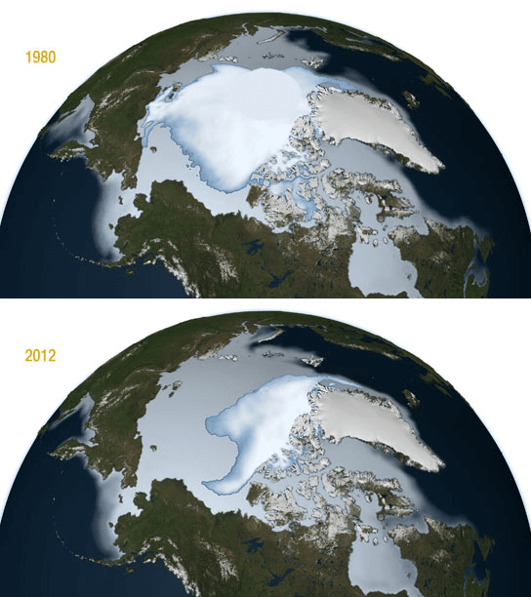How do Diesel soot emissions affect global warming?
Particulate, also known as soot, in Diesel engine exhaust is mostly associated with air pollution and its direct effect on our health. However, Diesel particulate is also mostly formed of carbon and is part of the black carbon particles found in our atmosphere. Being black, they adsorb sunlight and warm the atmosphere. Black carbon is estimated to be second only to carbon dioxide in its contribution to global warming.
So where does black carbon in our atmosphere come from and why is it important for global warming?
When you burn wood or coal, smoke is given off and this contains tiny particles of carbon that contribute to the collection of black carbon particles in our atmosphere. This is similar for all other carbon-containing material that is burnt, such as the stubble that is burnt in fields and the fuel that is burnt in our engines. Because black carbon comes from different sources and because the different sources add impurities to the black carbon, some of them having a cooling effect, the global warming potential of black carbon is calculated to be anywhere between 460 to 1500 times more potent than CO2. The part derived from Diesel exhaust is likely to be at the upper end of this range as it is formed of relatively small particles with a high surface area to adsorb sunlight and will have low levels of sulphate and other global cooling components.
As well as the global warming potential of black carbon, it effects the melting of ice by falling onto its white, reflecting surface and adsorbing the suns radiation, causing it to melt. This is having a serious effect on the shrinking of Himalayan, Artic and Alpine ice. This adversely effects sea and river levels.

Although in developing counties the manmade portion of black carbon comes more from cooking and other residential activities, in Western Europe and North America the largest source is from Diesel engines. As these engines in cars and trucks have now been fitted with Diesel particulate filters (DPFs) for some time, the importance of particulate emissions from non-road machinery, such as construction machines, has risen as there has been a delay in legislating DPFs onto this equipment. Even now, there are no plans to fit the smaller Diesel powered machines with DPFs and much of the existing fleet is without filters.
What can be done about the black carbon in our atmosphere to decrease global warming?
Unlike carbon dioxide that can stay in our atmosphere for centuries, black carbon only lasts for a matter of weeks before it falls to earth. This means that it is one of the man made sources of global warming that is easier to do something about and see a short term benefit. DPFs are highly effective at removing virtually all the soot from Diesel exhaust and it is possible to retrofit them to nearly all Diesel engines and applications. Other sources of black carbon are more difficult to tackle, such as the use of kerosene lamps for providing light in places without access to electricity.
BISAF are offering DPFs for construction machines that have not been fitted to them from new. These DPFs are mostly used to comply with the London nrmm LEZ that is driven by air quality in the Capital, as well as for occupational health factors when using smaller, dirtier machines in confined spaces. As shown here, there are also global warming benefits to retrofitting older construction machines with DPFs.




